Medeek Wall Plugin
-
@medeek said:
@pbacot said:
Hi Nat,
I generally run my building elevations through LayOut directly to pdfs in PowerCADD and finish drawings and notes there
Peter
How exactly are you getting your drawings from Layout into PowerCADD? What file format (PDF)? Vector data I'm assuming.
Generally I am just using thr pdf image and drawing over it in scale and adding notes. If I need to snap (or get edges) I can import dwg or an exploded version of the vector pdf and place it behind the image. Sometimes I do use the linework itself without the pdf.
I found a way to print all the LayOut pages to pdf with names "house page 1, house page 2" etc.) in one operation. I reference the pdf file in PowerCADD (instead of importing) and they update if I save new pdfs.
-
First look at the stringer extend option with its associated notch:
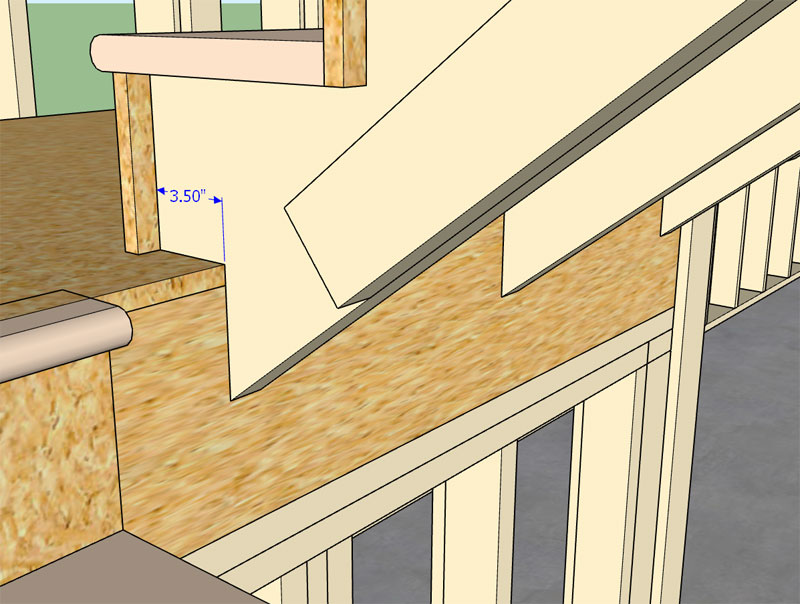
You can also enable the thrust block with the extension/notch but I don't really see the point to doing that, it only further weakens the stringer at its point of bearing.
I'm thinking I should probably extend the side spacer down all the way until it meets the landing/notch, unless there is a good reason not to.
Also I've been reviewing all of the html menus and there are quite a few places where I am displaying
or requiring input in inches and it would be nice to also display the same dimension in ft-in. (fractional), I am looking at this now. -
Version 0.9.9s - 12.06.2018
- Added two parameters in the stair module to allow for extended stair stringers.
- Draw and Edit Wall menus now display wall height in feet and inches (fractional) when using an imperial units template.
- Added the action: "Regen Wall Assembly" in the context menu for all wall assemblies.
I've also gone ahead and enabled the feet-inches dimensions for other applicable dimensions within the global settings tabs (Walls, Door, Windows, Stairs).
-
Here is a first look at the updated draw wall tool with a temporary dimension enabled:
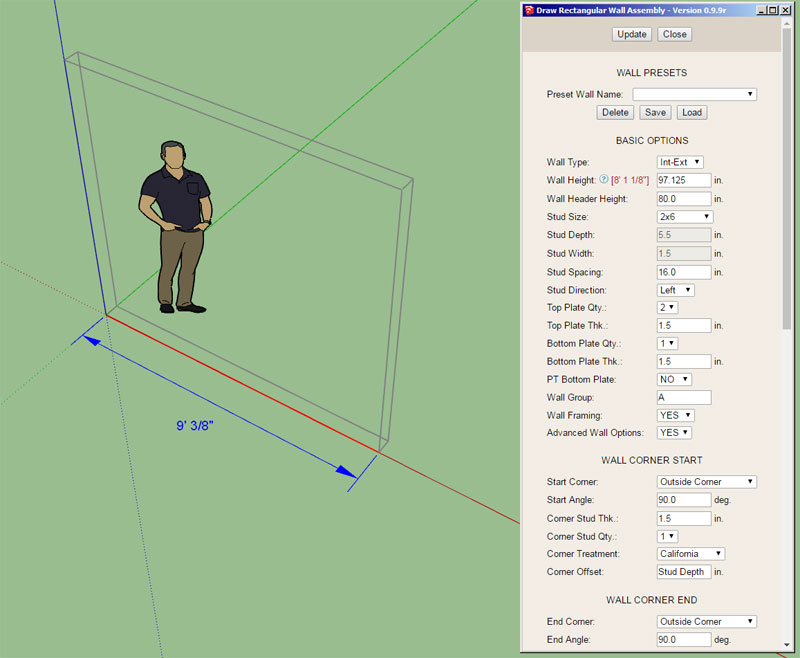
I think it came out alright, however I can change up a number of parameters to improve the aesthetics if there is call for it. The parameters for the temp. dimension currently are:
Extension Line: 18"
Dim Line: 12"
Ext. Line Offset: 1.5"
Dim Color: 0000FF
Text Color: 0000FF
Text Size: 14pt
Text Font: Arial
Arrow Width: 3"
Arrow Length: 7"
Line Weight/Width: 1 -
For now I'll go with: rgb #447088

#447088 Color Hex
#447088 color hex, #447088 color chart,rgb,hsl,hsv color number values, html css color codes and html code samples.
(www.color-hex.com)
It's kind of a muted green-blue. Eventually I will make the color configurable for the user.
-
@medeek said:
I can change up a number of parameters to improve the aesthetics if there is call for it.
I have to say that (as an architect
 ) i don't really like those arrows. I would prefer strokes. And the text aligned to the dimension line, like in Revit for example... https://youtu.be/hdgyZd_EiD4?t=89
) i don't really like those arrows. I would prefer strokes. And the text aligned to the dimension line, like in Revit for example... https://youtu.be/hdgyZd_EiD4?t=89I really enjoy watching your progress in this thread!
 It would be great if Trimble would show only a fraction of this speed and transparency in their development.
It would be great if Trimble would show only a fraction of this speed and transparency in their development.I think you're doing a great job and i really would like to buy your wall plugin, but for my work it's too specific and limited. The design of the wall features and components doesn't fit my work and i think I would need a more flexible and customizable approach regarding doors, windows and stairs, like custom components.
I know it would be a completely different thing and much more elaborate, but it would be great if there would be some kind of parametric component like in Revit or Acad. I don't know if this would be possible as a plugin, but maybe this could be developed as a separate plugin for parametric components in general and then linked to the door/window function... just dreaming
-
What I really need to do is enable some additional options in the global settings for construction dimensions:
Color: RGB value
Endpoints: Closed Arrow / Tick
Text Size: 14 Pts default
Also the ability to enable or disable them.
The color will also apply to other temporary dimensions and graphics utilized in the wall move and opening move tools, as well as the upcoming stretch wall tool.
I think it is imperative that I allow the user to set the color so that they can find an appropriate color to work well in their particular style. It would be very bad if the dimension color and the background color were too close and the user could not distinguish between them.
-
Version 0.9.9t - 12.09.2018
- Enabled temporary (construction) dimensions for wall panels in the Draw Wall tool.
- Added a section in the General tab of the global settings for configuring construction dimensions.
I've also added the option for closed arrows, open arrows and ticks:
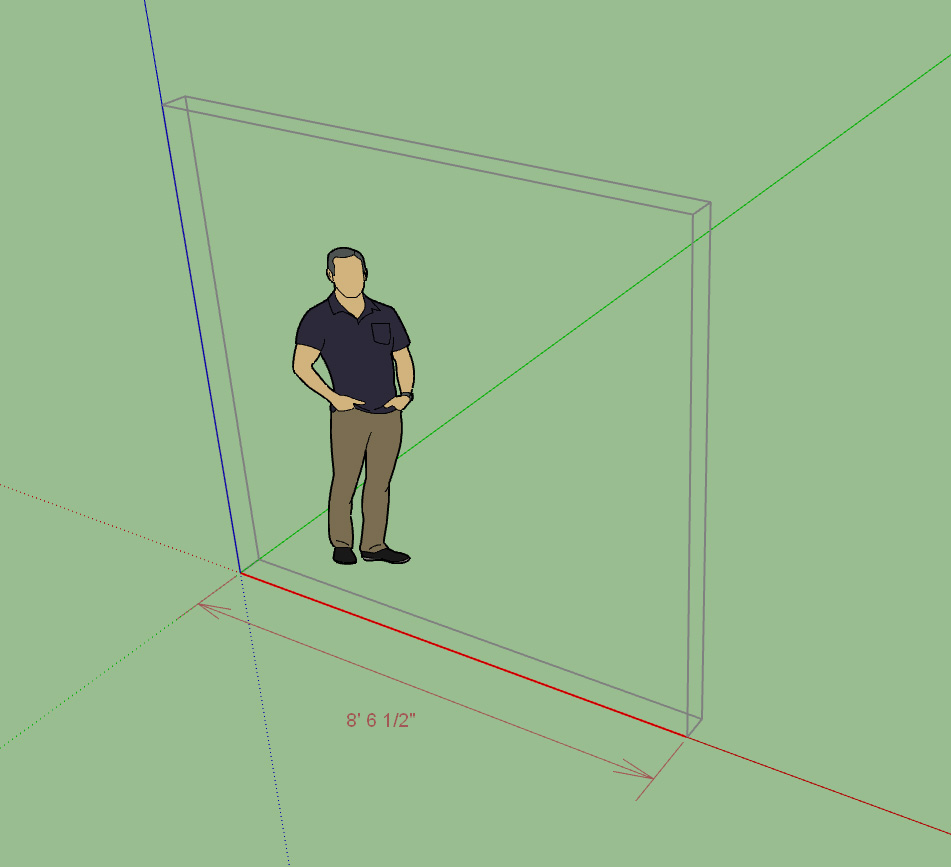
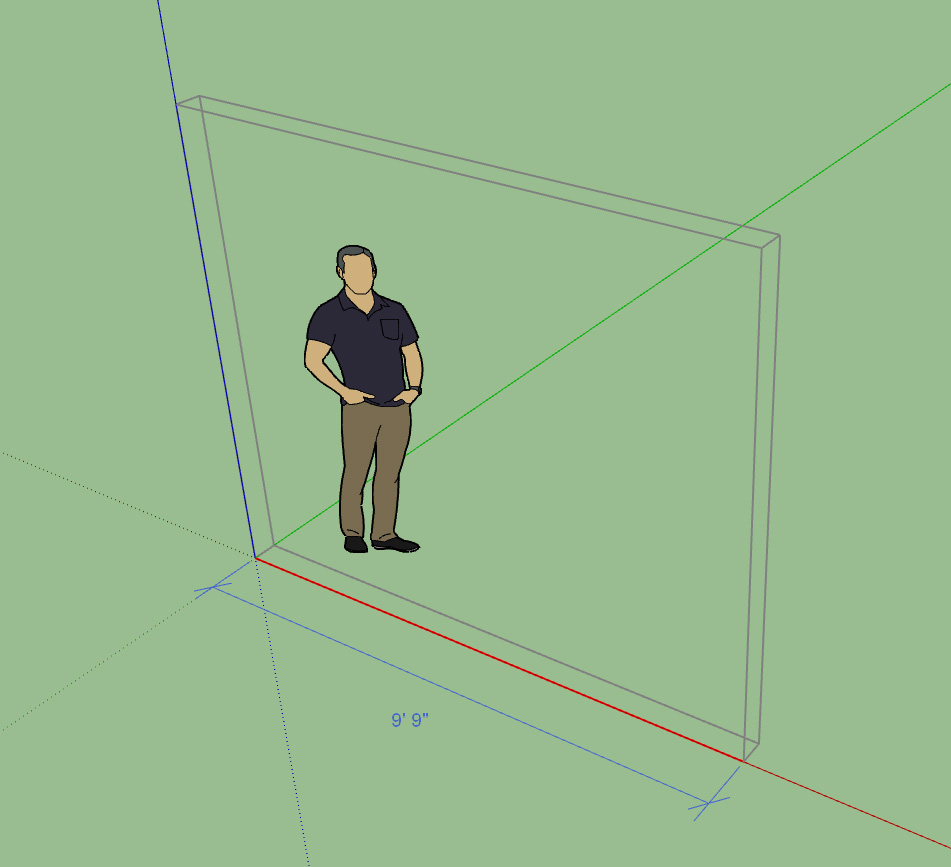
Note the larger text size set to 18PT versus 14PT in the previous to screenshots:
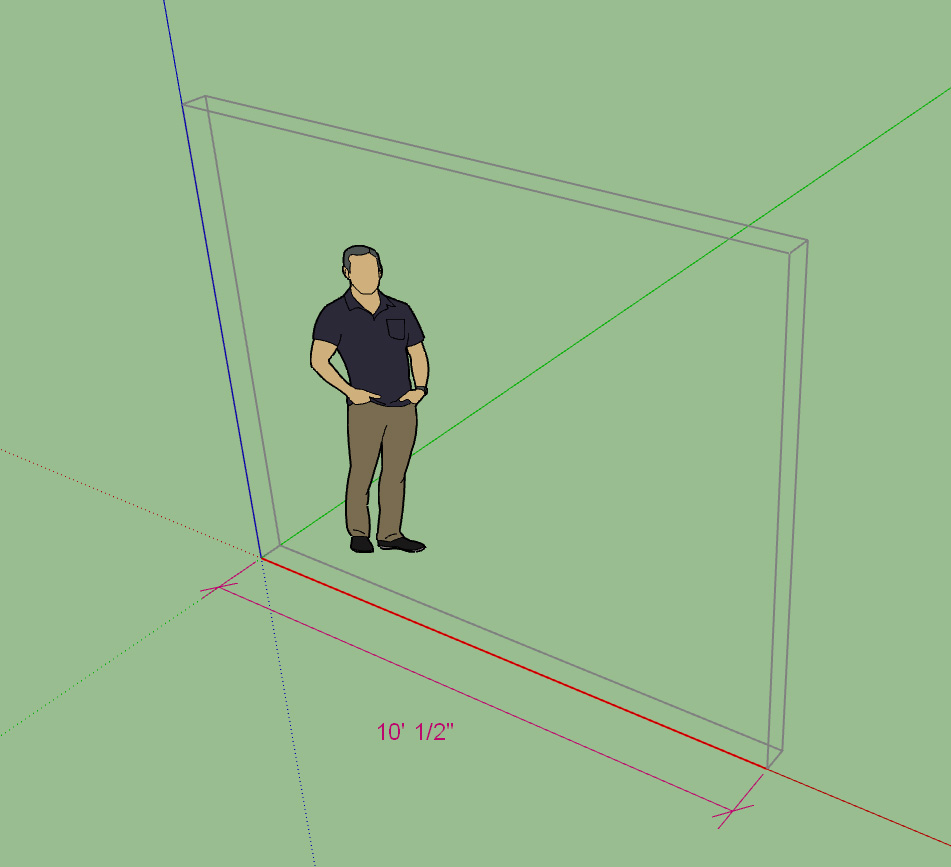
The endpoint, color and text size of the dimensions can be configured in the General tab of the global settings:

Hopefully this is flexible enough for most users. Alternatively you can also turn off the construction dimensions if you would rather not have them displayed.
-
Figured I might as well add construction dimensions to the beam and stair modules:

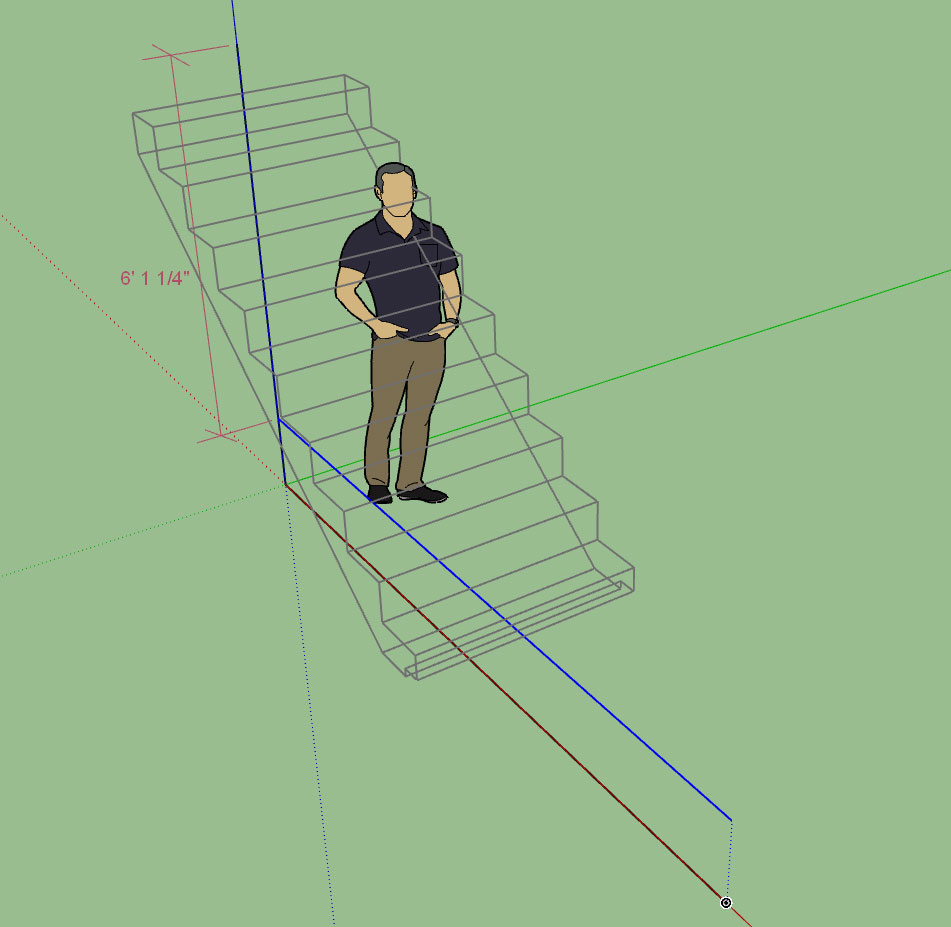
-
Now this is the way to install stairs:
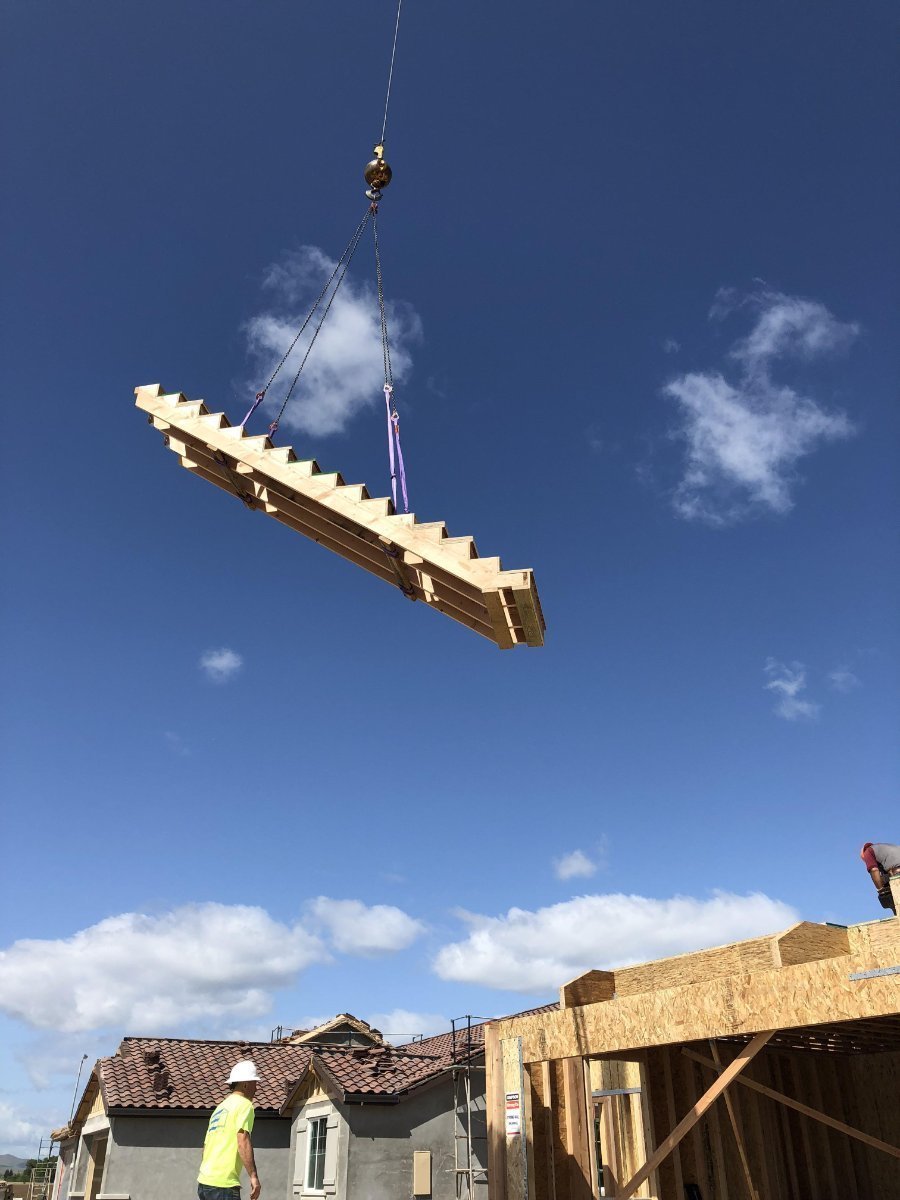
-
Tutorial 7 - Stairs (23:19 min.)
Unfortunately there is just too much information to convey regarding this new module and the video doesn't really dive deep enough into all of the details and options, but hopefully this will be enough of a primer for getting started with stairs.
I also discuss the new wall isolation concept in some detail in this video.
-
For CMU I actually use two textures/materials to simulate the look and feel of CMU brick. One for the vertical faces and one for the faces normal to the vertical (horizontal faces). I could add a couple parameters in the materials tab of the global settings which allows the user to select their own material for these two face orientations for the CMU framing option.
-
As many of you know I am currently programming the plugins full time (ie. its my only income). As such my wife and I sat down yesterday to review the progress made on the plugins in the last year and our prospects moving forward into 2019. As I have previously mentioned I will be re-assessing my pricing and licensing as we bring the Wall plugin out of BETA.
As much as I detest subscription licensing that seems to be the direction I need to be going otherwise I will not be able to keep working on the plugins full time. I am not a huge fan of any form of subscription licensing, I prefer to BUY a product not lease or rent it. This is why I have remained at odds with going to this form of licensing even though it does make financial sense and would give me more stability and resources to continue further with the development.
I guess my biggest issue with subscription licensing is that if your subscription lapses then you are essentially locked out of any of your previous work/projects. I can totally understand the frustration with something like this, for many including myself it is a deal breaker.
After pondering this problem with this form of licensing it occurred to me that maybe one could set it up in such a way that all of the editing and misc. functionality of the plugin is retained even when the license has lapsed however the ability to draw new geometry (assemblies) would be limited. In other words you could still use the plugin to edit existing walls, beams, stairs, windows doors etc... However you would not be able to draw new elements or assemblies unless the license was active.
Let me know if such a compromise with regards to adopting subscription licensing would be acceptable.
-
As long as there is a perpetual licensing model with maintenance option (and it is in line with your current pricing trends) I'll be fine. I stay away from subscription based licensing models (to put it mildly).
-
Version 0.9.9u - 12.22.2018
- Enabled temporary (construction) dimensions for beams in the Draw Beam tool.
- Enabled temporary (construction) dimensions for stairs in the Draw Stair tool.
- Added 2D construction lines for exterior wainscoting.
- When the cladding or wainscoting air gap is greater than zero the 2D construction lines are drawn in order to represent the interior surface.
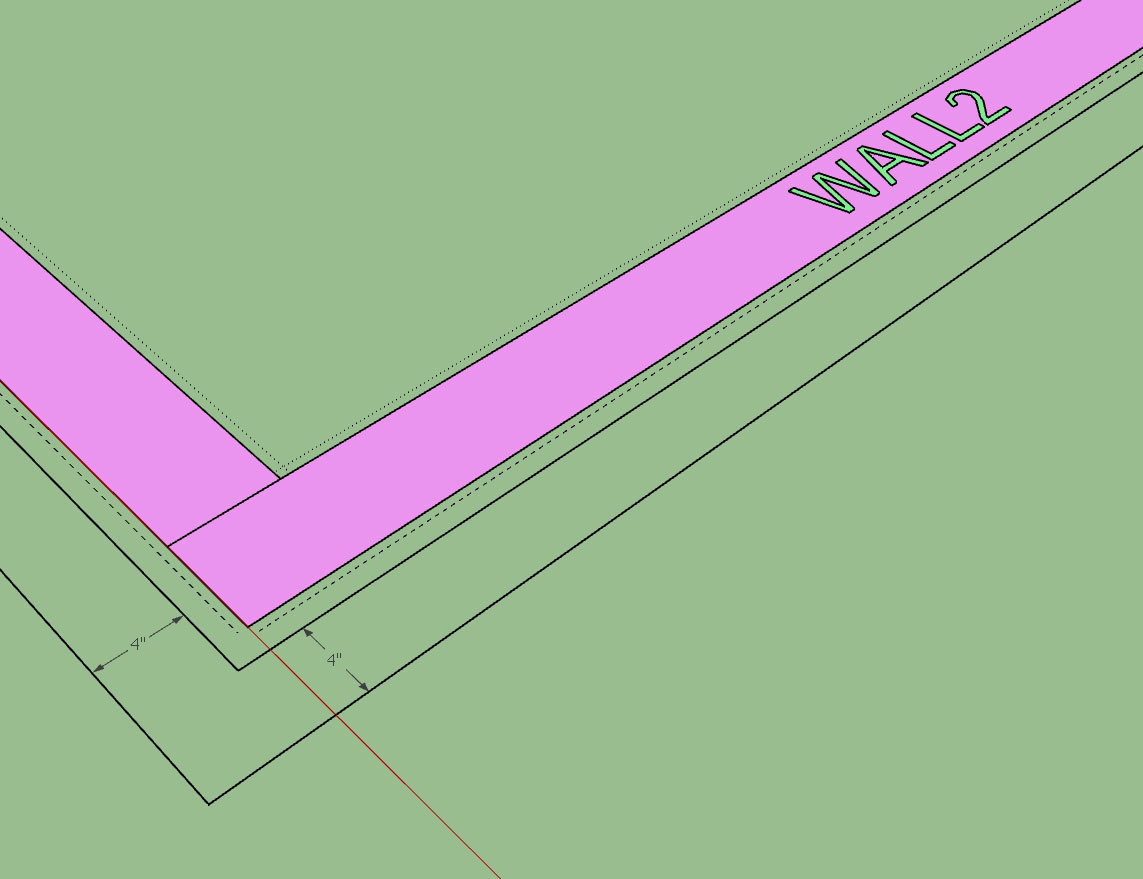
-
I just received my copy of John's new book yesterday.
Amazon.com: SketchUp for Builders: A Comprehensive Guide for Creating 3D Building Models Using SketchUp: 9781119484004: Brock, John G.: Books
Amazon.com: SketchUp for Builders: A Comprehensive Guide for Creating 3D Building Models Using SketchUp: 9781119484004: Brock, John G.: Books
(www.amazon.com)
I haven't had a chance yet to thoroughly review it from cover to cover but at a cursory glance it appears that it is a fairly complete text. I was actually quite surprised to the level of detail that John models his homes. I didn't expect to see all of the electrical outlets and switches however the major duct work for the HVAC does seem like an excellent idea so as to avoid clashes with other building elements.
I was pleasantly surprised to see that the Truss plugin was included in the text. Of course the wall plugin was released probably after the book went to press so it did not get any coverage but hopefully it might find its way into the 2nd edition.
I've got to say though, those Lumion renderings are something else. At first glance I thought I was looking at the actual completed residence.
I think I would have liked to see a more in depth treatment in Part IV (Construction Documents) with regards to Layout and more examples of actual construction documents but overall I think this book will be a good reference and earns a spot on my bookshelf.
-
Subscription licensing would be a deal breaker for me personally, it's the main reason I've avoided plusspec. I do understand the developer's need for a steady revenue stream though. I agree with Juju here and is why I don't mind the SU business model. Buy the software, use it forever, pay a "subscription" for upgrades, pay extra $xx for upgrades without the "subscription". Also don't mind paying a higher initial price if I feel the software is worth it to me. I want to own my software, not rent it. I also think this is the fairest solution for both parties, my roi of my initial investment is that I own the software and can use it forever, I can decide what to do regarding upgrades, and hopefully the upgrade "subscription" produces enough of a revenue stream for the developers to keep developing.
-
@alpro said:
Subscription licensing would be a deal breaker for me personally, it's the main reason I've avoided plusspec. I do understand the developer's need for a steady revenue stream though. I agree with Juju here and is why I don't mind the SU business model. Buy the software, use it forever, pay a "subscription" for upgrades, pay extra $xx for upgrades without the "subscription". Also don't mind paying a higher initial price if I feel the software is worth it to me. I want to own my software, not rent it. I also think this is the fairest solution for both parties, my roi of my initial investment is that I own the software and can use it forever, I can decide what to do regarding upgrades, and hopefully the upgrade "subscription" produces enough of a revenue stream for the developers to keep developing.
I've been letting this percolate for a while and collecting feedback from everyone. I am currently leaning on keeping things the way they are (non-subscription) but in order to make the project viable I may need to charge more up front at some point.
I am still thinking this through.
-
Version 0.9.9v - 12.29.2018
- Added roof sheathing to the Medeek Estimator (common and monopitch truss assemblies).
In order for this cross plugin communication/analysis to work correctly you must also upgrade the Truss plugin to the latest version (2.2.7b - 12.29.2018). The latest truss plugin version has statistics enabled for common and monopitch truss roofs.
Note that the Medeek Estimator is largely experimental (but functional) at this point. I am essentially setting up the templates and overall organization. Once I am satisfied with the general layout and system I will begin to fully flesh it out with all of the various construction elements (eg. studs, plates, windows, doors, etc...)
I may also separate the Medeek Estimator module into its own stand along plugin since technically it can work with either the Wall or Truss plugin or both. I will also be augmenting the Foundation plugin with statistics so that its output can also be analyzed in the estimator.
If I do pull it out then it will not really be a stand along plugin as much as an add on that works specifically with the mdkBIM suite since it is not setup to analyze generic models like Quantifier or Estimator (John Brock).
-
@medeek said:
I just received my copy of John's new book yesterday.
Amazon.com: SketchUp for Builders: A Comprehensive Guide for Creating 3D Building Models Using SketchUp: 9781119484004: Brock, John G.: Books
Amazon.com: SketchUp for Builders: A Comprehensive Guide for Creating 3D Building Models Using SketchUp: 9781119484004: Brock, John G.: Books
(www.amazon.com)
I'd like to find an online store where I can get it in the Adobe Digital Editions (PDF with DRM as far as I know) format.
Advertisement








